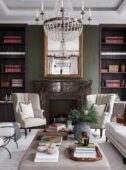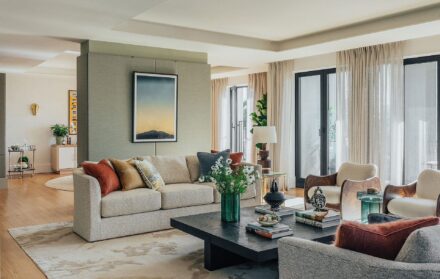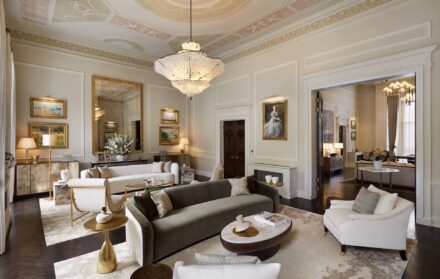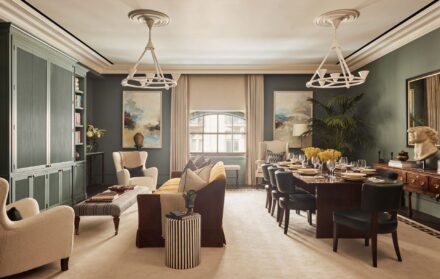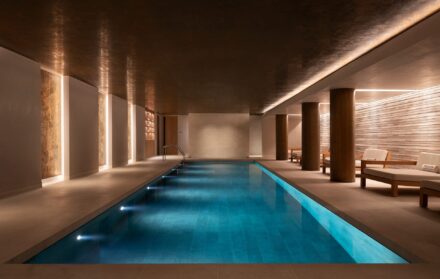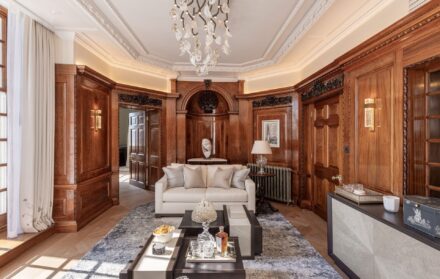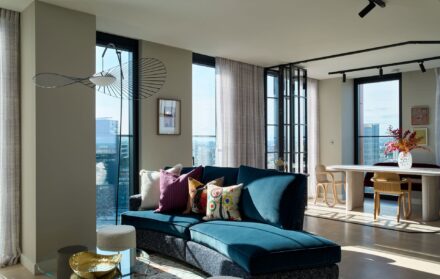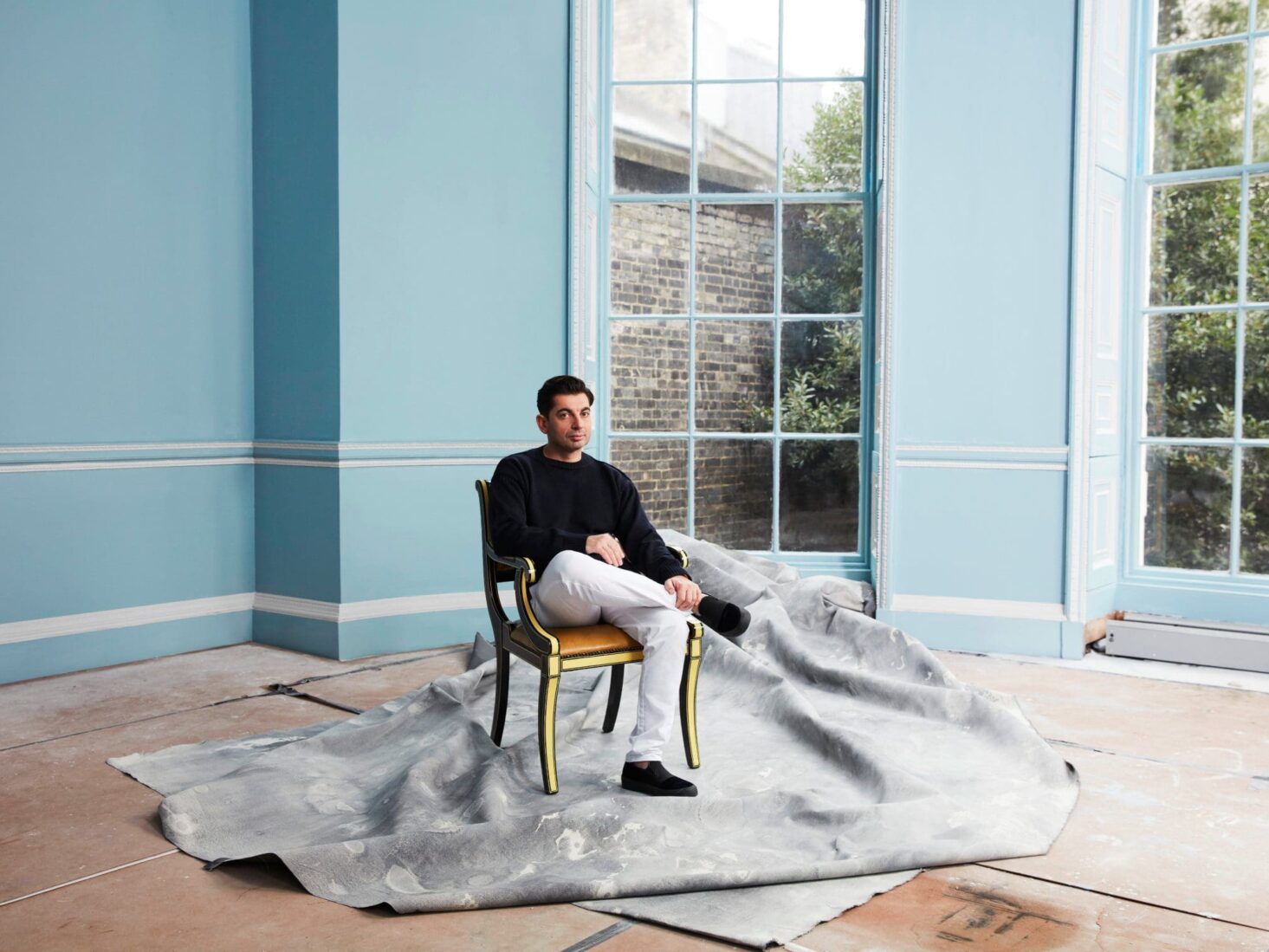
Francis Sultana: The AD100 designer on his favourite projects
Since founding his eponymous practice in 2009, Francis Sultana has become one of the world's most sought-after interior designers, amassing a high-net worth clientele that spans the globe. As he sets to work on a new
If ever there was an argument for letting your children watch too much television, then Francis Sultana is it. It was shows such as Dallas and Dynasty that inspired the interior designer’s very first project, his aunt’s house in Gozo, Malta, which he designed, rather remarkably, when he was just seven years old. “I was already being influenced by interior design as a little boy,” says Sultana. “Malta was very heavily socialist at the time and we didn’t have very much; those TV series were like opening a window into a world of success. I always say to my friends now, be careful what you let your children watch because they could end up like me.”
Something tells me such parents wouldn’t be too upset if that turned out to be the case. An AD100 designer who founded his eponymous studio 12 years ago, Sultana has become one of the foremost interior designers for the super rich, creating homes and superyachts for clients such as Madonna and Annie Lennox, as well as commercial spaces for brands including jeweller Fawaz Gruosi.
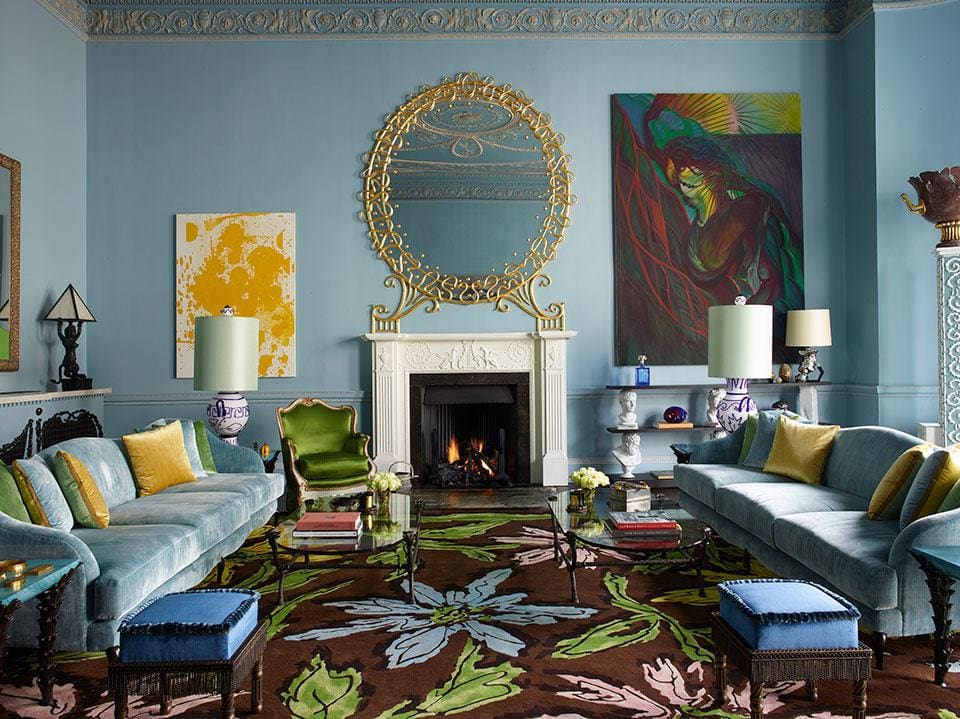
When he’s not orchestrating projects in New York, France and the UK, Sultana is designing his furniture collection, which is updated annually and starts from £4,000 for lighting, or curating exhibitions at David Gill Gallery, whose eponymous founder is his partner in life and work. Sultana’s role as the gallery’s artistic director allows him to satisfy his passion for art, which is intrinsically woven into his interior design concepts and informed by his positions on the boards of the Design Museum, the Serpentine Gallery and PAD London.
Projects in the pipeline include the Hotel La Palma in Capri, which is due to open in 2022, and several furniture and accessory collaborations in the UK and France, the details of which are yet to be revealed. In between meetings, we caught up over Zoom to discuss his influences, his favourite projects and keeping his clients’ spiralling creativity in check.
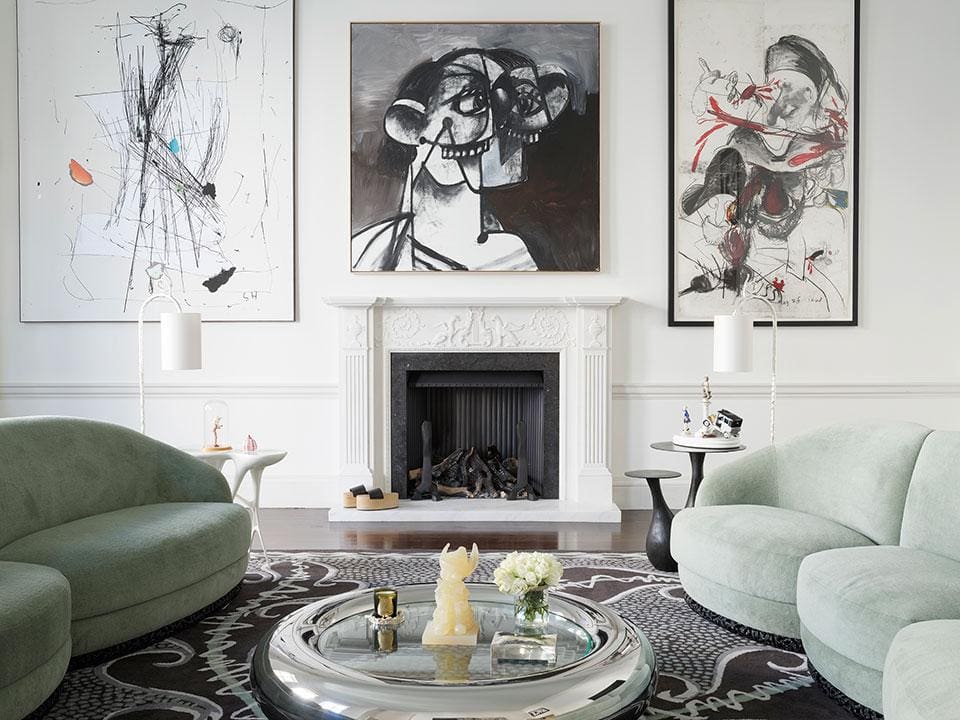
When did you know you wanted to be an interior designer?
Since I was six years old, probably earlier. I always wanted to do this. Working first of all with David Gill Gallery and 20th century and contemporary furniture designs allowed me to delve into that world and have a better knowledge about it. Then, when the time was right, I set up a practice on my own. I think when people look at my work they think that the legacy of it is a lot longer than it actually is, because it has only been 12 years. We’ve worked very hard to build up something that’s of value, and I’m not really interested in the general trends. I’m only interested in what I feel are my inspirations and my influences, and it will always remain that way.
How did the pandemic impact your work?
The reality is that, in this industry, everybody had to find a way to do their work. We’ve been able to continue with our residential projects, and because people have spent so much time at home, it’s suddenly created this influx of enquiries from existing clients and new clients, so that’s kept us all really rather busy. Now we’re working on a new book that will come out in 2022, and this year we’re bringing out three furniture collections at the same time. I’m currently working on a superyacht that needs to be ready by 1 June, and I’m working on a couple of homes, mostly in New York. We’re also starting to work on setting up for a new hotel project.
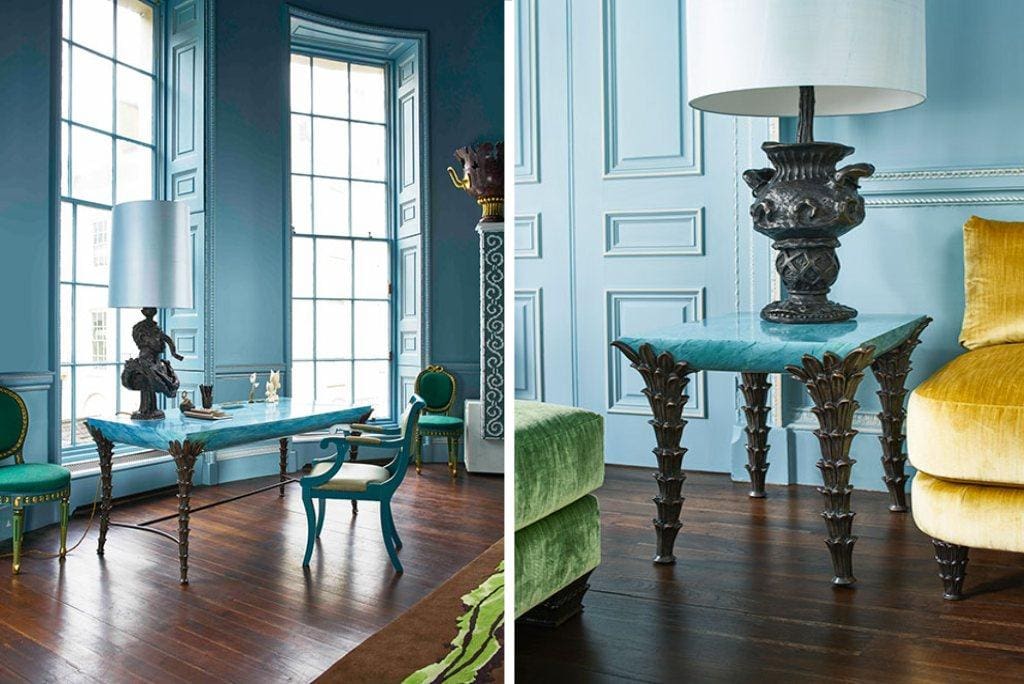
What’s been your favourite project to date?
My favourites are almost always the most recent projects. In the UK last year, I worked on a beautiful country house in Herefordshire, which was a stunning project – it’s location, the architecture, the scale. The clients allowed me to create a contemporary version of a William Chambers-style interior but using great designers. It was like something out of a Jane Austen film; it was just very romantic and very beautiful, what you expect an English country house to be – the detailing was just perfect.
My other favourite project from last year was another country house on the outskirts of Cannes. The client wanted something very Côte d’Azur but 1950s Riviera chic, which is one of my favourite periods. He wanted something that was reminiscent of a high society movie with Grace Kelly and Fred Astaire, with a beautiful pool, umbrellas with fringing – I even designed the branding of the house, the embroidery on the towels and the pillows. The detailing was just to die for, and the client was so in love with the project. We got it ready against all odds on 22 December. I promised him, come hell or high water, COVID or no COVID, he was going to have this house for Christmas, and he did.
How involved in the creative process do you allow your clients to become?
My clients always have a lot to say for themselves. Too much. All the houses I do are not about me, they’re about the people who live in them, and they all have their own mind and their own collections. I’m not their interior designer or their decorator, I’m their editor; I’m there to make sure it all comes together and it works. But I always say to them, I’m the editor-in-chief – don’t forget that. My final word goes. Sometimes they get too creative for their own good, but most of the time I have to say their influence is quite profound on my work, hence why a lot of my furniture collections have been named after certain women for whom I’ve done homes, and who have had an influence on me.
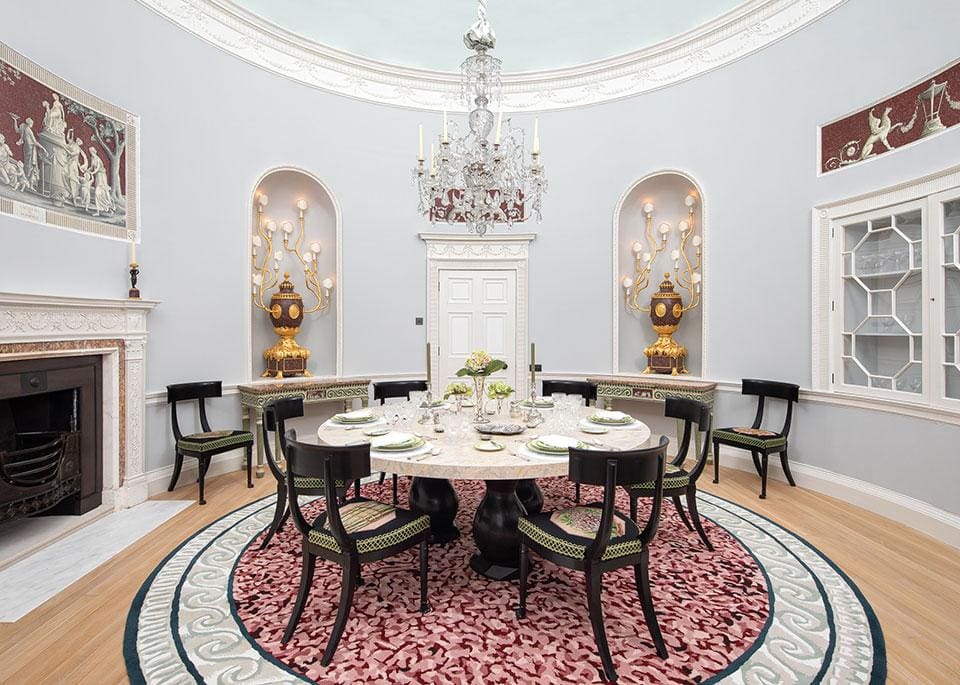
What’s the most unusual request you’ve had from a client?
One of the most unusual was for an outdoor kitchen – that would outdo any indoor kitchen – in a house in the south of France. I’ve never seen a budget like it. This family love their food and they have great chefs. There were rotisseries, pizza ovens, an aisle where guests can sit while chefs are cooking, and all outside – it’s phenomenal. I also had a request to make a guest loo look like something from a Venetian palazzo – in the Boltons. You closed the mirrored door and find yourself in a carved marble columned room with a Murano basin and white gold, all in an amazing, tiny space. The detailing was phenomenal and you actually feel like you could be in a contemporary Venetian palazzo toilet.
How does art inspire your interior design work?
I love collecting art, so I suppose that’s a big catalyst. Contemporary art is a reflection of our society today, so it’s really important, and creative people seem to all feed off each other. A lot of my clients are really good art collectors. They collect because they’re so impassioned by it, it’s not about the trophy. Some of my clients work for big corporates but you’d be surprised how interested they become in fabrics and colourways. People would be shocked if they knew some of the people I’ve worked for, and the WhatsApps that come in. They are creative souls at the end of the day; they may be in oil or finance, but actually what gives them joy is creativity, and it’s a hobby.
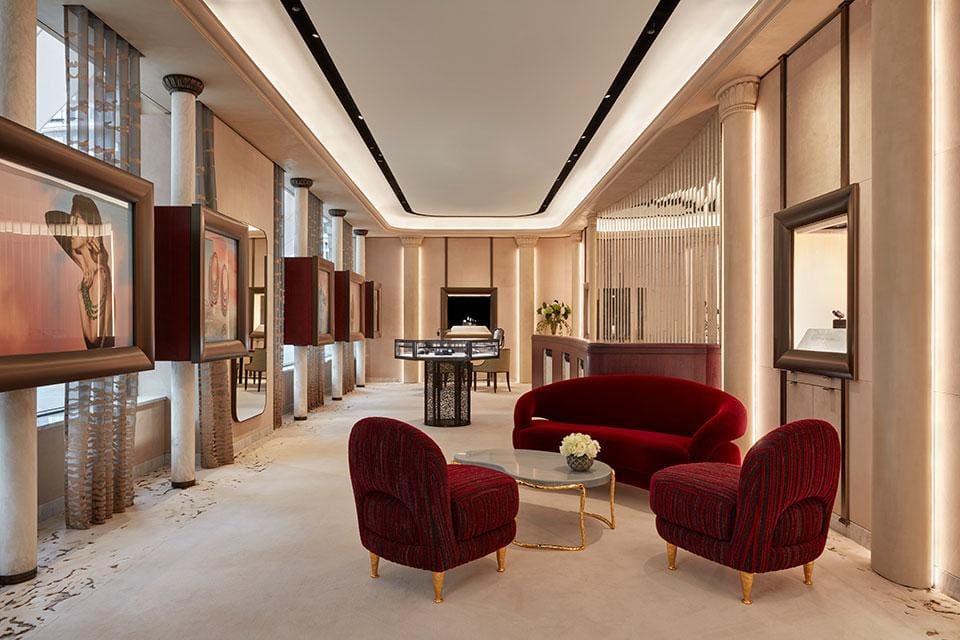
Who is your greatest influence?
I can only look back at people who’ve done what I’ve done in their careers. One that comes to mind is Jean-Michel Frank, the French decorator who worked with artists like I do. Jean-Michel Frank had a most wonderful rise in his career and a very tragic suicide during the Second World War. His work was forgotten for many years and then was resurrected in the 1980s by people like Yves Saint Laurent and Pierre Bergé. They were true collectors, and how they created their homes had a great influence on me. I see myself as a bit of a collector and I see myself as a bit of an interior designer, so marrying those two situations is quite interesting.
What is your design pet peeve?
I don’t like when people copy each other; there’s really no need for it. At the end of the day, I think people get too heavily influenced by what they see, and they get influenced by design that’s happening right now and will not last long. It doesn’t have the look of something that’s going to endure for more than a decade. I don’t really care if I’m considered to be really ‘in’ or a top designer, I’m not hyped up and it’s never what I wanted. I plod along in my way and I know I’m creating my history. Maybe, in 50 years’ time, some students will look back at my work they way I looked at other designer’s work when I was in my teens, and that will be my joy.
Read more: Interior designer Beata Heuman on creating uplifting living spaces
2-4 King Street, SW1Y, francissultana.com

